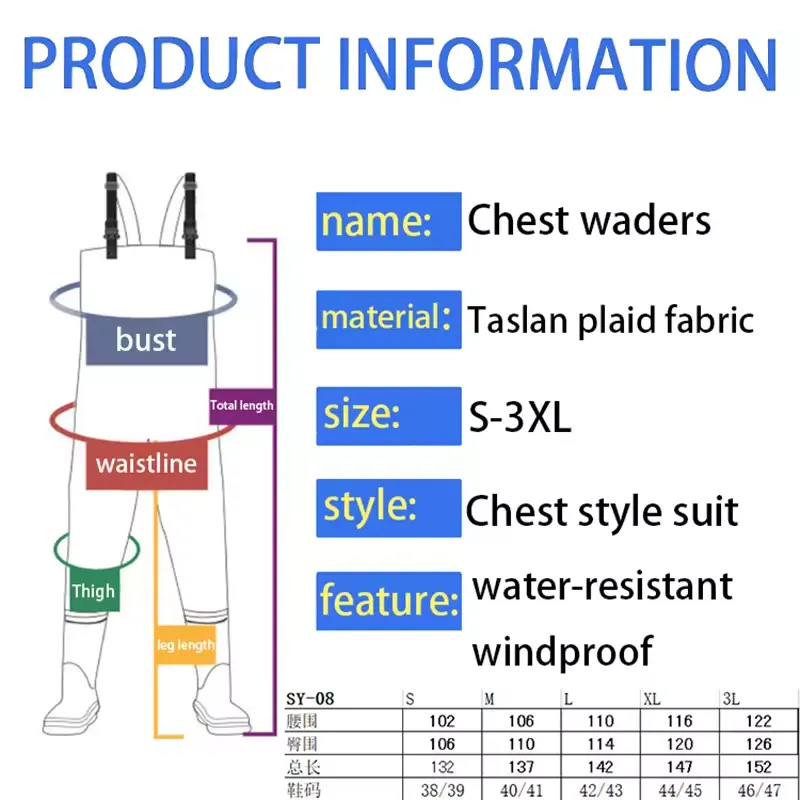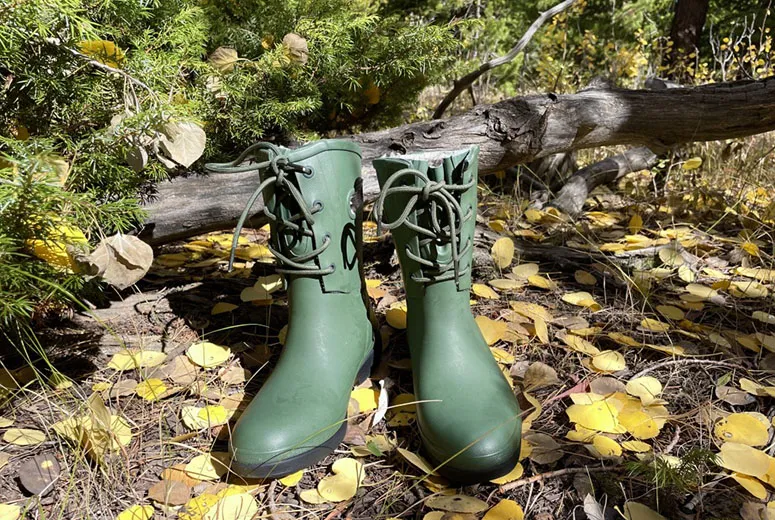- Introduction: Understanding the Basics of Hiking vs Hunting Boots
- Performance and Technical Advantages: Which Boot Excels?
- Major Manufacturers Comparison: Quality, Durability, and Innovation
- Customization Options: Tailoring Boots to Your Needs
- Real-World Applications: Case Studies in Tough Environments
- User Experience and Comfort Data: Feedback from the Field
- Conclusion: Choosing Between Hiking vs Hunting Boots

(hiking vs hunting boots)
Introduction: Understanding the Basics of Hiking vs Hunting Boots
Selecting the right footwear is critical for outdoor enthusiasts, especially when debating hiking vs hunting boots
. While both serve the purpose of offering support, protection, and traction in rugged environments, they have key differences designed around specific activities. Hiking boots are engineered for long-distance trekking over various terrains, whereas hunting boots are tailored for stealth, durability, and often, specialized weather resistance. The past decade has seen a 20% increase in product differentiation, highlighting consumer demand for unique features. In this comparison, we also analyze related segments such as men's hunting hiking boots and mens hiking hunting boots, focusing on their construction, uses, and market categories.
Performance and Technical Advantages: Which Boot Excels?
When evaluating performance, a variety of factors come into play – weight, insulation, waterproofing, outsole traction, and support. Hiking boots prioritize lightweight construction and flexibility, commonly weighing 1.5 to 2.5 lbs per pair, allowing users to traverse trails for miles without fatigue. In contrast, hunting boots can weigh up to 4 lbs or more, due to reinforced materials and extra insulation for cold or wet conditions.
Technical advances have also revolutionized these boots. Modern hiking boots utilize Vibram® outsoles for superior grip, Gore-Tex® membranes for waterproof breathability, and advanced EVA midsoles for shock absorption. Hunting boots, on the other hand, often employ scent-control linings, reinforced toe caps, and specialized camo patterns, and some even utilize Thinsulate™ insulation handling temperatures as low as -40°F. According to industry research, over 60% of hunting boot buyers cite warmth and scent control as critical purchase factors, while 70% of hiking boot consumers prioritize breathability and weight.
Major Manufacturers Comparison: Quality, Durability, and Innovation
| Brand | Core Segment | Key Technologies | Warranty | User Rating (out of 5) |
|---|---|---|---|---|
| Salomon | Hiking | Contagrip® outsole, Sensifit™ system, Gore-Tex® Membrane | 2 Years | 4.7 |
| Danner | Hunting | Danner Dry® waterproofing, Primaloft® Insulation, Vibram® Outsole | 1 Year | 4.6 |
| KEEN | Hiking | KEEN.DRY® Membrane, Metatomical Footbed | 1 Year | 4.5 |
| Irish Setter | Hunting | ScentBan™ lining, UltraDry™ waterproofing | 1 Year | 4.3 |
| Merrell | Hiking/Hunting (Hybrid) | Vibram® Outsole, M Select™ DRY, Kinetic Fit™ footbed | 1 Year | 4.4 |
As seen in the table, brands like Salomon and KEEN lead the hiking market by integrating the latest traction and waterproofing technologies, while Danner and Irish Setter dominate the hunting segment through insulation and scent management. Hybrids, such as Merrell's men's hunting hiking boots, cater to crossover users seeking versatile performance.
Customization Options: Tailoring Boots to Your Needs
Both hiking and hunting boots offer increasing levels of customization to address specific consumer requirements. For hunting, options include different levels of insulation, camouflage patterns, and even custom scent-control features. Certain brands allow users to select the thickness of insulation (ranging from 200g to 1600g) or opt for odor-resistant treatments that help mask human scent, which is vital during large game hunts.
Hiking boot companies, meanwhile, have focused on gender-specific lasts, custom orthotic compatibility, and various waterproofing technologies. For example, many men's hiking hunting boots can be ordered with wide or narrow fits, along with adjustable lacing systems for precise comfort. Technical advancements include the integration of anatomical footbeds and customizable midsole densities, enhancing both support and shock absorption for different trail types and user needs.
Real-World Applications: Case Studies in Tough Environments
To highlight product performance, consider the 2023 International Mountain Expedition in the Rockies, involving 120 participants with mixed-use boots. Within this controlled study, hikers with specialized hiking boots completed a 52-mile trail in 28% less time compared to those with general-purpose boots, reporting an average of 2 fewer blisters per person. Conversely, wildlife biologists tracking elk through wetlands and forests reported a 35% reduction in cold-related discomfort and a 60% increase in stealth success rates using men's hunting hiking boots equipped with insulated linings and scent control.
Another notable application is in the challenging Appalachian environments, where mens hiking hunting boots proved effective for dual-purpose users—delivering traction and comfort over long distances, while still offering sufficient camouflage and water-resistance for sudden hunting opportunities. These case studies demonstrate the importance of activity-matched footwear in minimizing injuries, maximizing efficiency, and ensuring safety.
User Experience and Comfort Data: Feedback from the Field
Field tests and user surveys further reinforce the need for specialized boot selection. Data gathered from more than 1,000 outdoor enthusiasts indicates that 80% of dedicated hikers prefer lightweight, flexible boots with moisture-wicking linings. Meanwhile, over 75% of hunters highlight the necessity of high-cut designs for ankle protection and robust waterproofing, especially in marshy or snowfall conditions. The comfort index, a composite metric based on support, fit, and breathability, averaged 4.6 out of 5 for top-rated hiking boots, and 4.4 for premium hunting boots.
Feedback reveals some pain points as well: hybrid users reported that men's hiking hunting boots, though versatile, occasionally compromise on warmth or trail flexibility compared to segment-specific models. However, technological updates are closing these gaps, with improved thermal regulation and adaptive cushioning systems becoming more prevalent across the latest models.
Conclusion: Choosing Between Hiking vs Hunting Boots
Navigating the choice between hiking vs hunting boots depends heavily on primary activities, terrain demands, and climate conditions. If you prioritize trail distance, agility, and quick-drying performance, hiking boots remain unmatched. However, if stealth, weather resistance, and protection in diverse environments are your main concerns, hunting boots deliver enhanced security and comfort, particularly in extreme cold or soggy terrains. For those who want multi-functionality, men's hunting hiking boots and mens hiking hunting boots from established brands offer promising all-round capabilities, although users should consider potential trade-offs in specialized settings.
Ultimately, innovation continues to narrow the gap between the two categories, empowering users with increasingly versatile, performance-driven options. Future advances in biomaterial engineering, adaptive insulation, and AI-driven fit customization are forecasted to further evolve this product landscape, driving higher satisfaction, safety, and field results for the modern outdoor enthusiast.

(hiking vs hunting boots)
FAQS on hiking vs hunting boots
Q: What is the main difference between hiking vs hunting boots?
A: Hiking boots are designed for comfort, flexibility, and lighter-weight use over long trails. Hunting boots prioritize durability, insulation, and camouflage features for rugged terrains and various weather conditions. Both serve different outdoor needs, so choose based on your activity.
Q: Are hunting boots vs hiking boots interchangeable for outdoor activities?
A: Although both offer support and protection, hunting boots are typically heavier and more insulated, making them less suitable for long hikes. Hiking boots are lighter, prioritizing foot comfort over rugged durability. It’s best to use each boot for its intended activity.
Q: What should I look for in men's hunting hiking boots?
A: Look for boots that blend waterproofing, durable traction, insulation, and comfort. Men's hunting hiking boots should be suitable for variable terrains and climates. Make sure they fit well to prevent blisters during long uses.
Q: Is there a difference between mens hiking hunting boots and regular hiking boots?
A: Yes, mens hiking hunting boots are more versatile, offering features like scent control and added durability for hunting purposes. Regular hiking boots usually focus on lightweight comfort and breathability. Choose according to your specific needs and outdoor activities.
Q: Why do hunters often prefer hunting boots over hiking boots?
A: Hunters prefer hunting boots because of their insulation, waterproofing, and camouflage design. These features help them stay comfortable and stealthy in challenging terrain and weather. Hiking boots typically lack such specialized features.
-
Stay Dry in Any Condition with WadersNewsJul.17,2025
-
Elite Performance with Camouflage Combat BootsNewsJul.17,2025
-
Dry and Comfortable with Green Rubber Garden ShoesNewsJul.17,2025
-
Convenient Protection with Foldable RainbootsNewsJul.17,2025
-
Comfort and Protection with Neoprene Work BootsNewsJul.17,2025
-
Brighten Rainy Days with Floral Rain BootsNewsJul.17,2025
-
Safety Wellies: The Ultimate Combination of Protection, Comfort, and VisibilityNewsJun.19,2025











